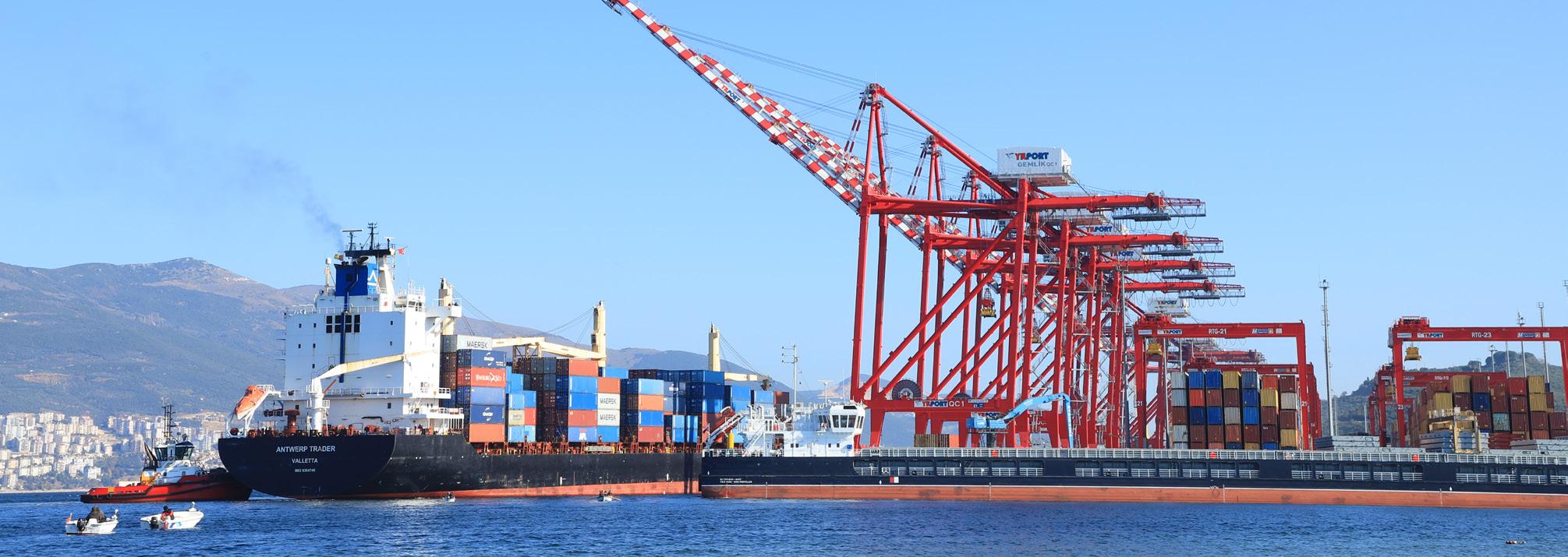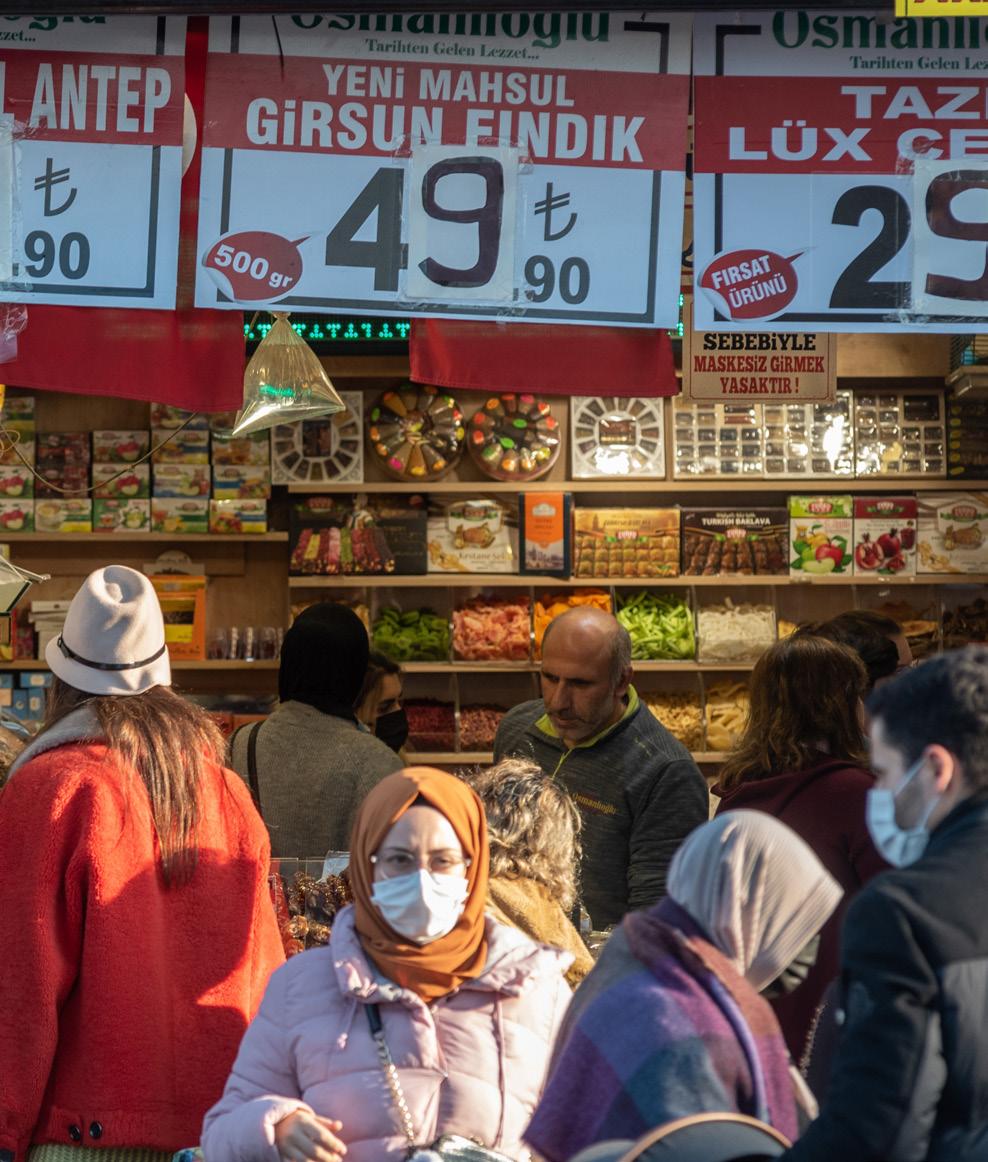
2 minute read
Growth has been strong, but vulnerabilities are rising
The economy has recovered fast from the COVID-19 pandemic. However, macroeconomic policies and high commodity prices have contributed to the surge in inflation, with growing external imbalances and implicit liabilities.
Real GDP rebounded by 11.4% in 2021 and was up 6.2% in the first three quarters of 2022. Private consumption and exports have been the main drivers of economic growth. Favourable labour market developments and credit conditions have supported private consumption. Many people have returned to the labour market, particularly youth and women, whose labour force participation now exceeds pre-pandemic levels. Turkish exporters have been able to exploit opportunities from disruptions of the Asian supply chains, relying mostly on large spare capacities. Gross investment has been subdued, however.
Inflation has risen to a 20-year high, exacerbated by global supply constraints and buoyant domestic and external demand. In 2022, consumer price inflation stood at 72.3% (Figure 2) and producer price inflation exceeded 128%. The sharp rise in energy prices – Türkiye is a net importer -- and other commodity prices triggered by the pandemic and subsequently Russia’s war against Ukraine contributed significantly to overall inflation. Lira depreciation has added pressures on import prices.
The central bank has cut its base rate by 10 percentage points since September 2021. It has also relied on a new approach to monetary policy, with special arrangements and differentiated macroprudential rules, to direct loans to productive and exporting sectors. As a result, credit conditions have tightened for some sectors.
Looking ahead, growth is projected to slow to around 3% per annum (Table 1). Weak external demand and persistent geopolitical uncertainties will weigh on investment and export growth. Consumer price inflation is projected to decline somewhat due to base effects but to exceed 40% over the projection period, reflecting gradual pass-through of recent lira depreciation, producer price inflation and wage increases. High inflation will dent household purchasing power and private consumption will slow.
Source: OECD Economic Outlook 112 database.
Risks are unusually high and tilted to the downside downside. The current account deficit is expected to be around 5½ per cent of GDP in 2022 and its funding has shifted from relatively stable sources to more volatile ones. Further pressures on the Lira could turn the exchange rate protection on deposits into an additional liability for public finances, with adverse effects on inflation and confidence.
To bring inflation back to target, the central bank should raise its policy rate. Increasing confidence in the independence of the central bank is vital. Changes to the central bank’s board have been frequent. Inflation expectations have remained well above target, and the lira has lost more than half of its value vis-à-vis the dollar since the start of 2021.
Türkiye should systematically cover risk scenarios and implicit liabilities in its annual Fiscal Policy Reports. Prudent fiscal policy has been a crucial policy anchor over the past two decades in Türkiye and public debt is relatively low as a share of GDP. However, contingent liabilities are expanding, including from public-private partnerships (PPPs), raising Türkiye’s vulnerability to shocks. The burden on the budget may increase significantly, since such PPP projects have guarantees for foreign-currencydenominated payments. The new guaranteed lira saving deposit scheme also generate contingent liabilities. Spending efficiency should improve and the revenue base should be broadened. Türkiye has one of the lowest tax-to-GDP ratios in the OECD.
The government should continue to address the adverse distributional impacts of higher energy prices while preserving fiscal sustainability. The government is supporting lower-income households suffering from rising living costs. This support is warranted but should be temporary and targeted to the most vulnerable to keep fiscal costs manageable. It should also be designed in a way that avoids distorting price signals. The authorities should assess the pros and cons of existing price subsidies and gradually replace them by better-targeted social transfers to vulnerable households.






